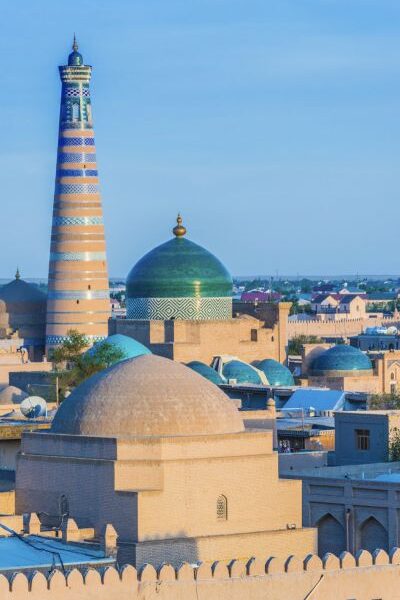The nickname of Ibn Sina, known as “Avicenna” in Europe (980-1037), is “the Sultan of Doctors.”
Ibn Sina’s contributions to knowledge have been recognized with the naming of a lunar crater after him, and his 1000th birth anniversary (1980) was celebrated as the “Year of Ibn Sina” by UNESCO.
Ibn Sina, who left an indelible mark on the history of science, was not only a great philosopher and scientist but also an expert in literature, mathematics, and astronomy.
Today, Ibn Sina’s portrait hangs in the main hall of the Faculty of Medicine at the University of Paris. In his 57-year lifespan, he produced 270 works in the fields of physics, chemistry, astronomy, mathematics, geology, botany, zoology, and philosophy. His most famous work is the book called The Canon of Medicine (Al-Qanun fi’t-Tib).
The Canon of Medicine encompasses detailed explanations of anatomy, diseases, preventive measures, treatments, the use of plants in medicine, surgery, cosmetics, and pharmaceutical production. Originally written in Arabic, the work has been translated into numerous languages such as Latin, Persian, Turkish, German, and English. It served as a textbook in European universities for approximately 600 years.




